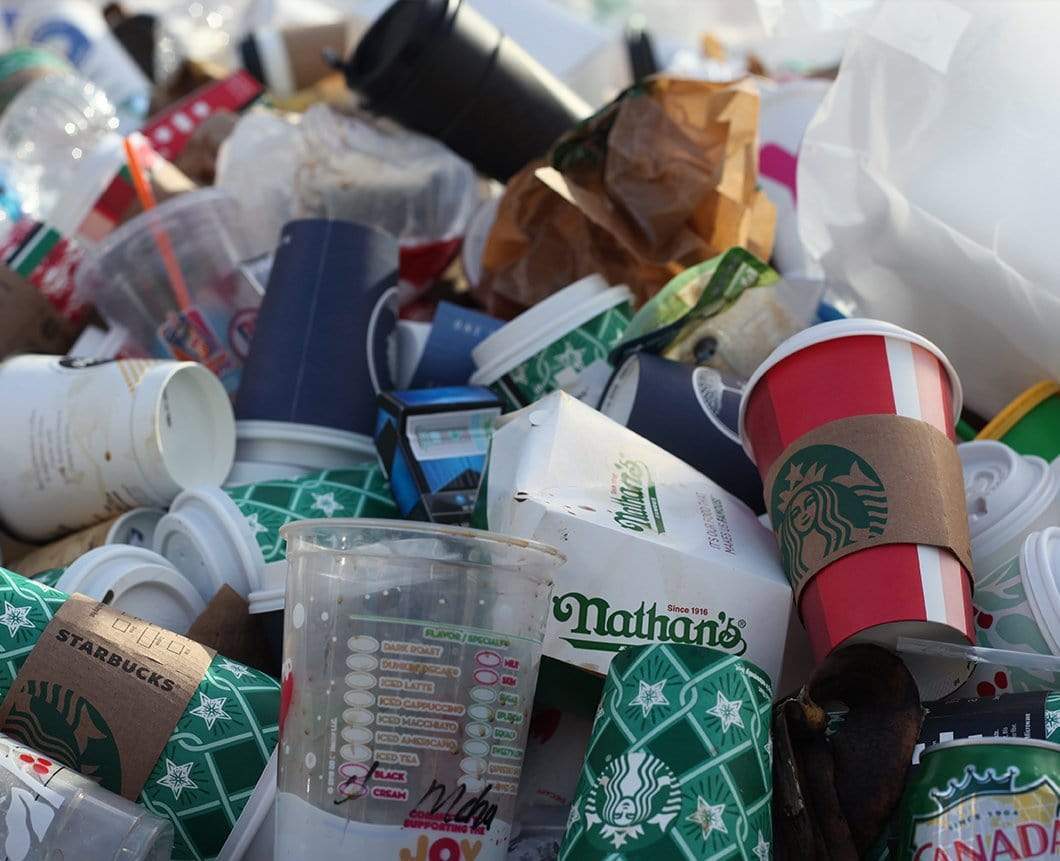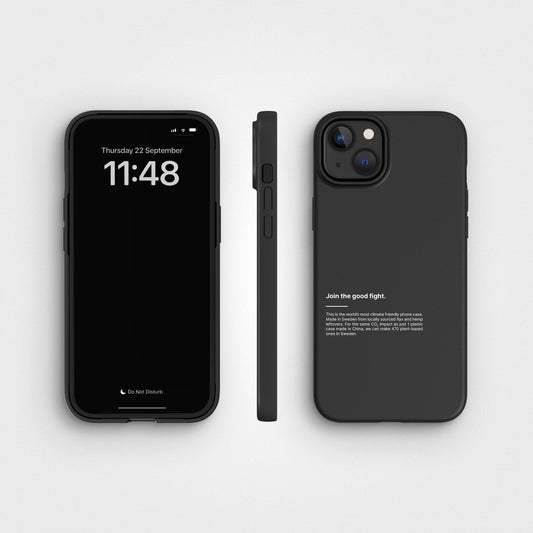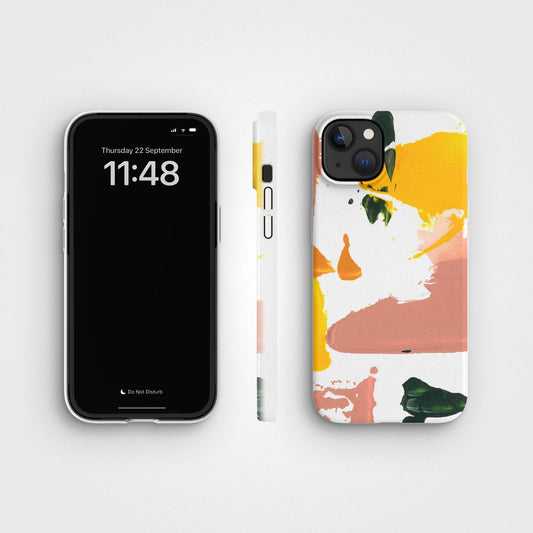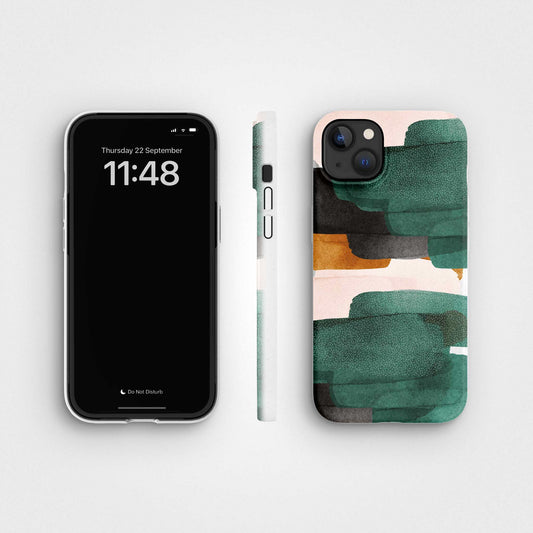But there are options. We as consumers can make their own reusable containers to shops, and retailers can use more recycled (and recyclable) materials. Eliminating single-use materials is possible but it’s going to involve us all in the solution.
Best ways to save on plastic as a consumer:
- Stop buying water in plastic bottles and takeaway coffee in single-cups
- Always do recycling
- Buy products without any virgin plastic

Consumers also need to be prepared for a little inconvenience. Plastics are not a disposable commodity, they last hundreds of years in our environment and until now their true lifecycle cost has not been reflected in the price at the till.
What more can I as a consumer do?
There is a huge range of various types of plastic used in disposable products and packaging.
One solution every consumer can help with is to limit the types of plastic to a single standard which is easy to recycle. This might mean fewer coloured plastics. It is just a matter of being selective. Black food trays are a particularly troublesome example as they contain pigments that make packaging harder to detect by sorting technology. Blended materials are those that have different types of material in the same product. For instance, a plastic bag with a foil lining or a disposable coffee cup made of paper with a plastic lining. These are especially difficult and expensive to separate. They are viewed in many cases contaminated.
How much plastic is used?
In 2018 the EU generated around 30 million tonnes of post-consumer plastic waste. Of that, only 30% was recycled, with 31% going to landfill and another 39% being incinerated. A report by the National Audit Office (NAO) shows that over half of the UK’s recyclable waste is sent overseas for recycling, but much of it is likely to end up in landfill or the ocean instead.
But why don’t we recycle more plastic?
Perhaps the biggest economic barrier to recycling plastics is the relatively low cost of the raw materials required to make new materials. Feedstocks derived from natural gas and crude oil processing are relatively inexpensive, especially when compared with the fixed costs associated with recycling. One factor that can play in is rising costs of oil.
IEA predicts higher costs
The IEA significantly increased its projections of future oil costs in this year's report due to the changing outlook for demand and production costs. It now expects crude oil to average $100 per barrel over the next two decades and more than $200 per barrel in 2030, in nominal terms. Last year's forecast estimated that a 2030 barrel would amount to only $108.
In case you are interested in finding out what you could do to upgrade your everyday habits in order for make a change, no matter how small it was, you can check out some of the reusable alternatives to single-use plastics.





























